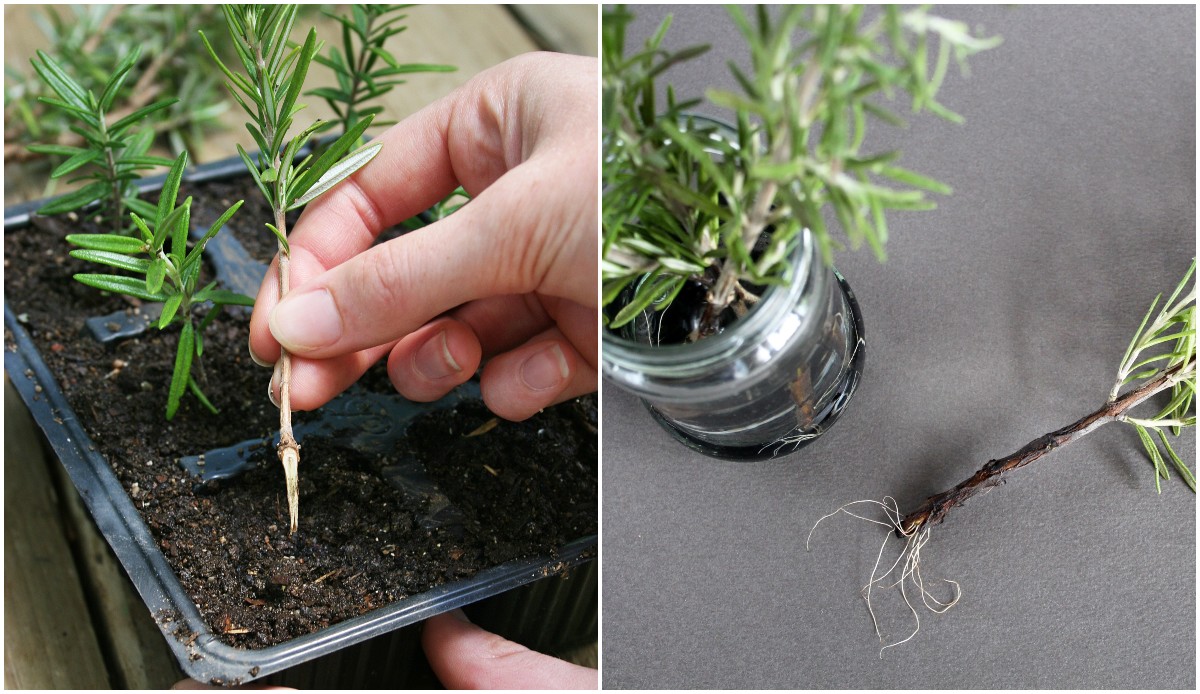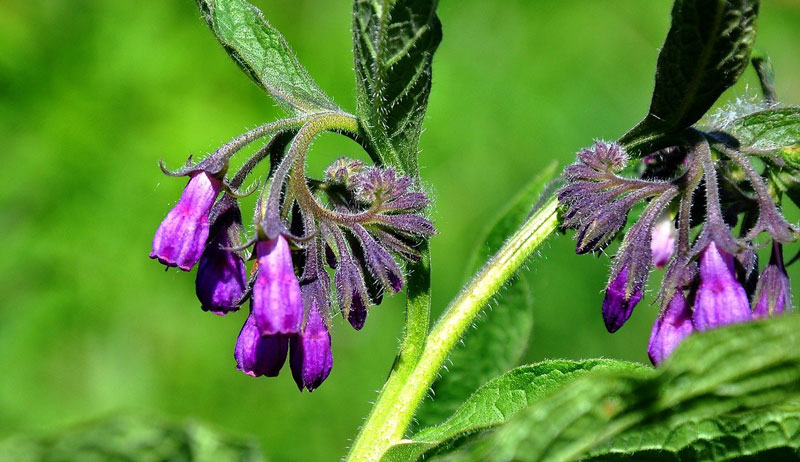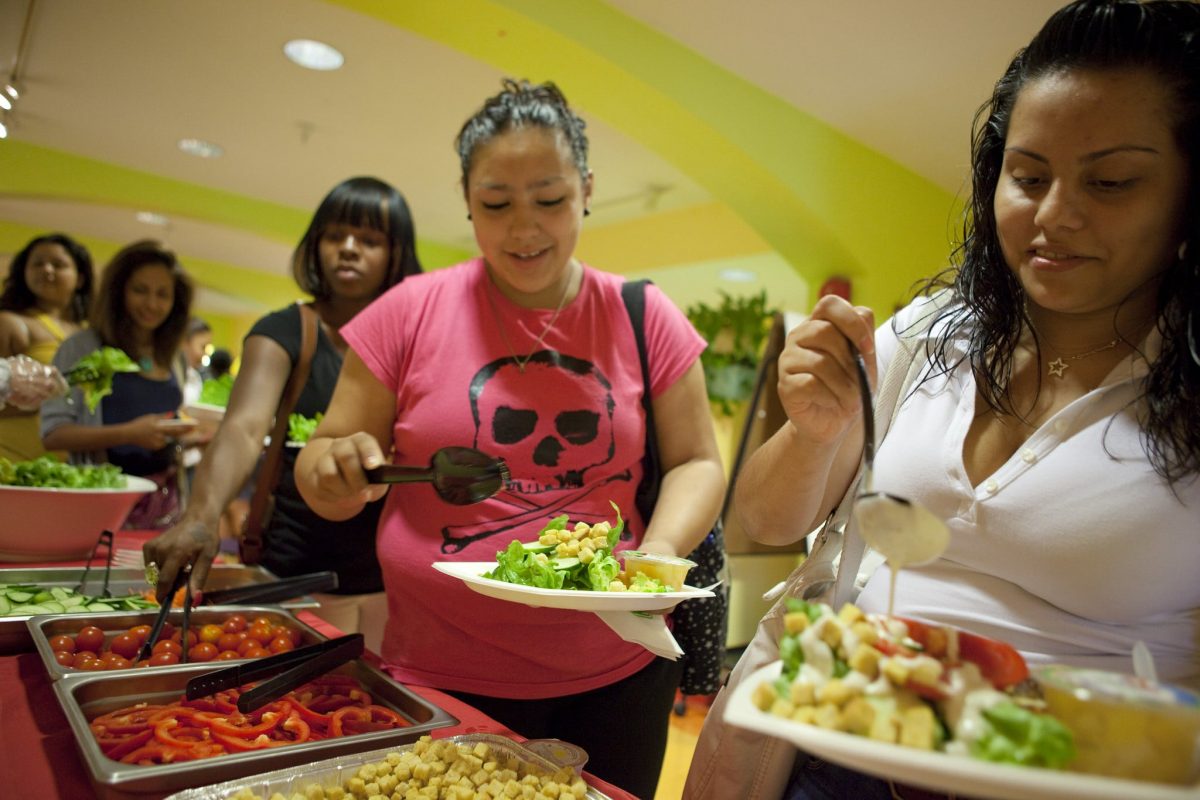“For us, farming meant food,” says Austin Graf. He looks back on growing up on a small farm with a kitchen garden and some beef cows. “Farming was our way of helping make ends meet.” Those early roots helped pave the way for Graf’s journey to running Buzzed Blooms, a sustainable and seasonally-focused flower farm in Manchester, Tennessee.
He says that he’s always felt “the connection to the land and wholesome food” that comes with farming. However, he never really saw it as a viable career—until serendipitous circumstances ushered him into the field of flower farming.
We spoke to Graf about the sustainable dynamics of micro-farming and accepting the calling of a flower farmer. We also touched on the nourishing nature of blooms.
Indebted to Patchy Cows
When Graf pinpoints where his interest in farming began, he credits the role of what he calls “patchy cows” in the story.
While accompanying his dad to meet livestock brokers, Graf recalls how they’d “give my dad a hard time. The whole county had black Angus beef cows. But our farm always had the most colorful patchy cows around.”
He adds, “My dad did that for me. I felt bad for all the other cows that nobody seemed to like.”
Read more: Check out these 5 miniature cattle breeds that are perfect for small farms.
From Patchy Cows to Fainting Goats
Graf continued to take his early farming steps, and his interests transformed.
“As I got older, patchy cows turned into spotted Nubian dairy goats that I hand-milked morning and night throughout high school,” he says. “I learned to make homemade cheese and soap. I got chickens for fresh eggs. And I continued gardening.
“Then I started discovering livestock preservation and adding rare breeds to our farm to preserve them from extinction,” he continues. “At one point we had a full dozen Tennessee fainting goats. It was just what I loved.”
Serendipitous Flowers
These days Graf runs a flower farm. The career choice, he admits, came “by pure chance.”
After graduating college and taking a gig in marketing, Graf found himself growing restless. He missed the farm life.
Graf persuaded his brother to let him use a 10 by 20 foot garden. He then “threw some dahlia tubers in there. They were on clearance at the grocery store, so I thought why not?”
When everything else but the dahlias in Graf’s garden perished, he did a little research and “stumbled across flower farming.” Graf discovered that cut flower production was actually the second most profitable crop per acre in his state. This, he thought, could develop into a lucrative avenue.
“Suddenly everything I’d ever known about farming changed,” he explains.
After starting with a packet of zinnias, Graf received an offer for what seemed likes a “dream job” that would require giving up the garden. “I chased the dream,” he says. “And guess…
Continue reading











